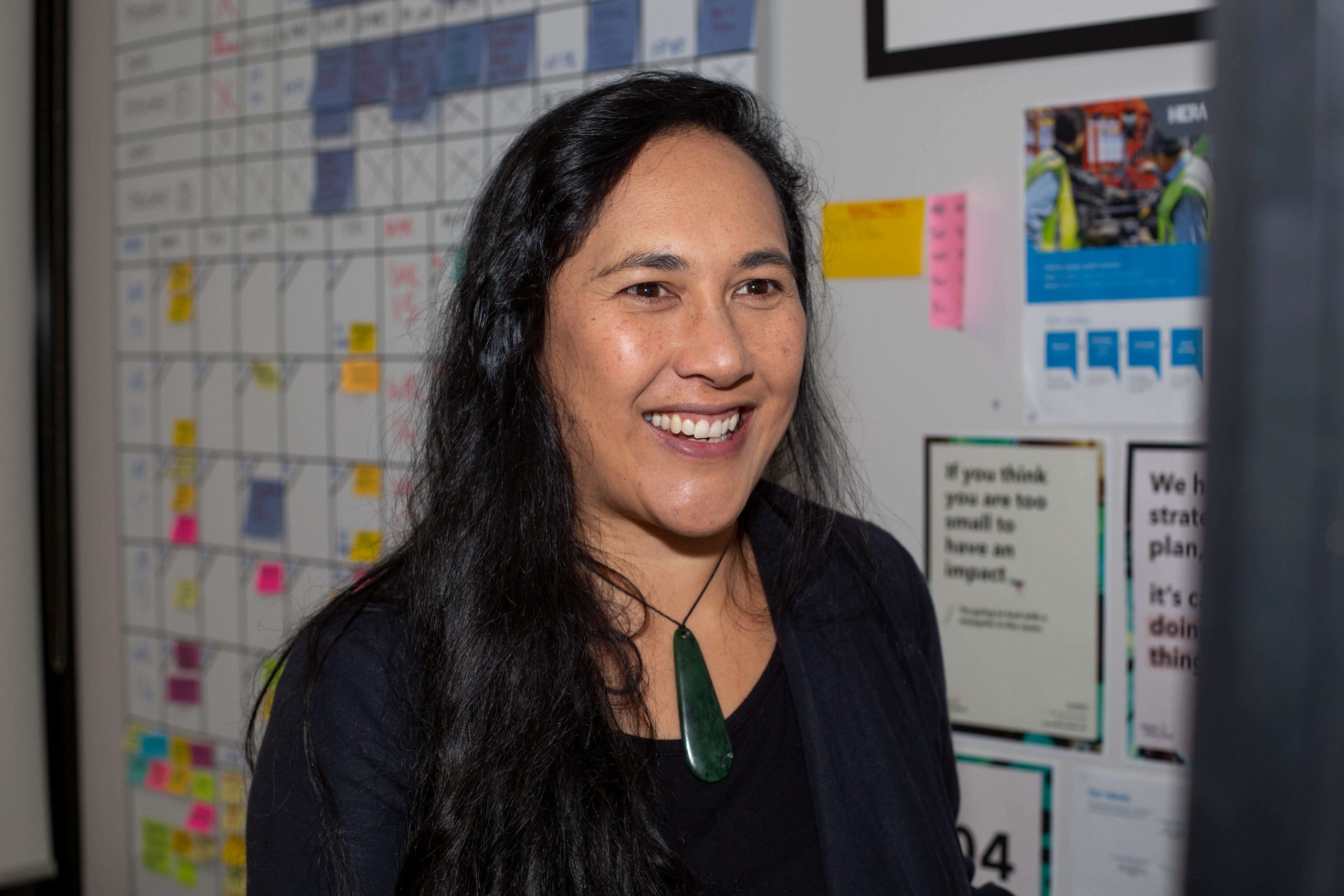April’s health and safety focus for HERA is innovation in safety culture.
More specifically – the need to find new ways to rally our staff toward common safety values, attitudes, and goals within our workplace as part of our commitment to health and safety.
I know. It sounds a heavy and perhaps ‘waste of time’ task for many – but the reality is, the more workers who take health and safety more seriously within your organisation, the safer your work environment will be for all!
Health and safety should be seen as ‘the way things are done’ NOT ‘a task on a list’
A good safety culture in a business often dictates how engaged an employee is. It also works to attract, motivate and retain good workers as well.
Steps taken to embed safety into the culture of any business is varied – but what is clear, is that it must be led from the top. This is because influencing positive change takes significant contribution not only by employees but in management’s commitment to hold employees accountable.
If there is an intent to be a safety leader, a business must ask themselves:
- how important is safety?
- is safety important some, or all of the time? And,
- is it ok to compromise on safety if it’s going to be more expensive?
The Construction Safety Competency Framework out of Australia identified nine core actions that could help develop a positive safety culture within organisations.
- Communicate company values – indicate what is rewarded and supported by management, and expected by employees and subcontractors with regard to safer behaviours, actions and decision making.
- Demonstrate leadership – motivate and inspire others to work towards achieving a common goal or outcome by gaining their involvement to build positive relationships within the workforce.
- Clarify required and expected behaviours – by sending clear and consistent messaging about the importance of H,S+E and reinforcement and recognition of desired behaviours.
- Personalise safety outcomes – make it more obvious and relevant for individuals by personalising to their role in preventing and eliminating risks and hazards.
- Develop positive safety attitudes – encourage open conversations about safe and unsafe behaviour, and the courage to challenge unsafe behaviours if they see it.
- Engage and own safety responsibilities and accountabilities – increase input, actions and involvement in the safety management process by individuals. Participation leads to empowerment, which in turn leads to conviction that safety management
plans, decisions and procedures are driven by shared interests and purpose. - Increase hazard/risk awareness and preventative behaviour – increased awareness not only works to build engagement but also works to reduce hazards and risks through oral and written communication, inspections and enforcement of safety needs.
- Improve understanding and effective implementation of safety management systems – which means workers are better able to solve problems and develop safe work processes to improve safety performance. It also drives uniformity and a sense of predictability of safety management behaviour.
- Monitor, review and reflect on personal effectiveness – this enables fine tuning and continual improvement of safety management systems through feedback loops, self-reflection and performance management.
HERA’s health and safety journey for our staff
With the inception of our new CEO Dr Troy Coyle, I’ve personally noticed a new view on health and safety has begun to take form within our organisation.
This is not to lessen what we’ve done in the past which has always been to meet our legislated H&S requirements. But what has changed is the attitude towards it.
From the first staff meeting Troy led, the importance of health and safety under her mandate was made very clear. And staff were asked to share any health and safety related issues around the table.
Since then, our team has been issued monthly safety themes. And, a buddy system has kick-started for reviewing various areas of our workplace to identify potential hazards or risks and identify ways to eliminate or reduce them. Safety actions are being recorded more regularly, and distribution of emails alerting to health and safety aspects we should be aware of have started coming. Most recent examples being around loud workplaces and associated hearing hazards, and actions to take if in contact with hydrofluoric acid stored in workshops.
While there is still a long way to go in this journey, even I can see that we’ve ticked off many of the positive actions recommended – all led from the top. The most interesting part being that I didn’t even notice it was happening… it was innovation by stealth!
H,S+E isn’t hard work and a waste of time – if you change the way you think about it
Health and safety needn’t be a chore. Immobilising your team to be health and safety champions requires only for you to show your commitment to making this part of your business culture, and holding your team accountable.
I’ve personally never actively taken the time to think about health and safety in my day to day living. But I can tell you, since we’ve started putting health and safety at a high level at work, I’m now conscious to hold the hand rail when I climb the stairs. In fact – just the other week I felt prompted to move a package sitting at the end of the stairwell to eliminate the risk of others tripping on it. All it took was raising my attention to health and safety, and our team actively sharing stories together on what could happen if we take a ‘not my problem’ attitude.
I strongly encourage our members to take a similar tack in their leadership – who knows what you could prevent from happening.

